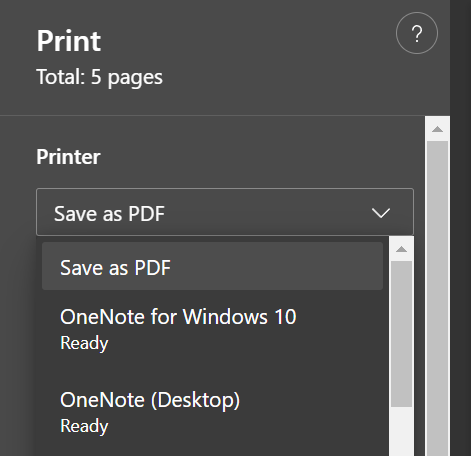Climate Risk Management
Crop Insurance
Climate Adaptation Effectiveness
WIBI has a set of criteria to determine the cost to be reimbursed for each type of climatic event that could affect the crop cultivation. For drought, the reimbursable cost depends on the stage of growth during its onset while for typhoons, it is based on the wind speed and the distance of the farm from the typhoon track [2].
Climate Hazards
- Drought
- Extreme Heat
- Extreme Rainfall
- Rain-Induced Flooding
- Tropical Cyclone
Locations
- Batac City, Ilocos Norte, Region I (Ilocos Region)
- Butuan City, Agusan del Norte, Region XIII (Caraga Region)
- Iloilo City, Iloilo, Region VI (Western Visayas)
- Los Baños, Laguna, Region IV-A (CALABARZON)
- Isabela, Bukidnon, Bukidnon, Region X (Northern Mindanao)
Adaptation Sectors
- Agriculture
- Financial
- Water Management
CCET Instuments
- Action Delivery
Target Group based on Vulnerability
Basic Sectors:
- Cooperatives
- Farmers and Landless Rural Workers
Evaluations
Economic / Financial Effectiveness
Currently, not many are keen to acquire WIBI products due to the high premiums, the difficulty and cost of preparing documents, and the lack of equipment to monitor the environment surrounding the farms. In order to boost the number of farmers willing to acquire WIBI products, the following strategies can be implemented: (1) reimburse insurance costs of qualified farmers; (2) reduce taxes on WIBI products and give incentives to local insurance providers; (3) allow at risk farmers to obtain WIBI products with reduced premiums if they are a part of a cooperative; and (4) encourage farmers to avail of group insurance to reduce premiums. The lowering of cost for the WIBI premiums can be implemented because providing subsidies to the farmers is much cheaper than rehabilitating the farm land [4]. Aside from reducing the costs for WIBI products, there is a need to increase the awareness of such climate risk management strategies to encourage farmers to learn more about it and how it would aid them during unfortunate events. This also requires the addition of instruments for monitoring the changes in the weather to provide more accurate bases in calculating crop cultivation costs [1][3][4].
Technical Feasibility
There are only a few provinces where the area-specific WIBI products are tested and it is only available for farmers with farms found within a 20-km radius of a weather station. As mentioned previously, the availability of the WIBI products is limited due to the lack of weather stations and it also prevents developing a much more accurate weather-based index [2]. The Philippine Crop Insurance Corporation and local insurance providers only recognize PAGASA weather stations with enough historical data. Hence, adding to the limited availability of the WIBI product. Aside from the call to add more weather stations, automatic weather stations could also be installed in lieu of the traditional weather stations to be accredited by PAGASA. Local government units could likewise propose the acquisition of such items not only for the WIBI products but to aid them in weather and climate monitoring as well. Moreover, privately owned weather stations could be tapped as long as it is accredited by PAGASA [4].
Social Acceptability
Currently, there is low subscription count for these insurance products due to its high cost that could be remedied by subsidizing enrollment and insurance fees for small-scale farmers, and lowering premium costs by exempting WIBI products from taxes [2]. ASEAN Governments and local insurance providers suggested conducting grassroots campaigns to properly disseminate information and hold lectures or seminars to raise awareness on these climate risk management strategies especially to climate risk-prone areas [4]. Indonesia’s disaster small-scale insurance industry should be studied as reference to gain the same success as they have in their promotion of the products and their implementation [1].
Environmental Impact
There is no direct environmental impact for this solution.
Mitigation co-benefit
There is no direct mitigation co-benefit for this solution.
Keywords
weather-based agri- insurance, climate risk, crop production, weather-index insurance, payment, crop production losses, Climate risk; Insurance; WIBI products, crop insurance; weather-based crop insurance; weather index-based insurance
References
